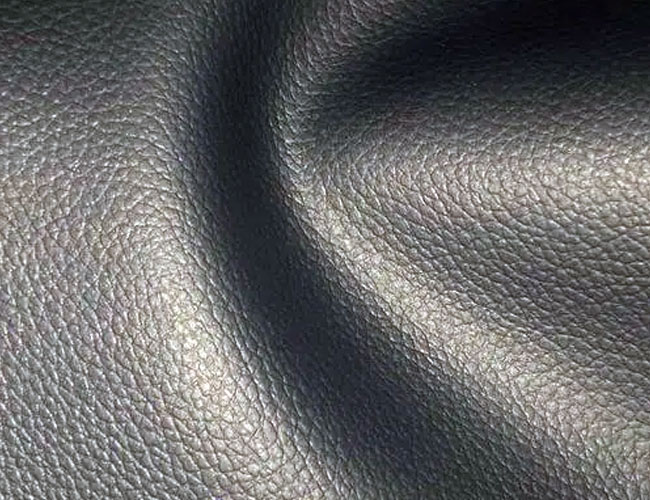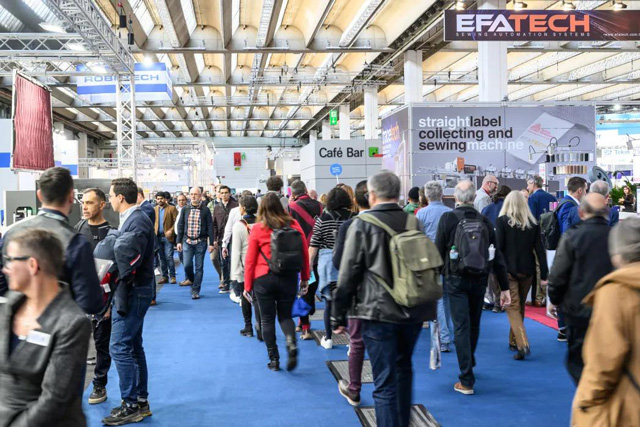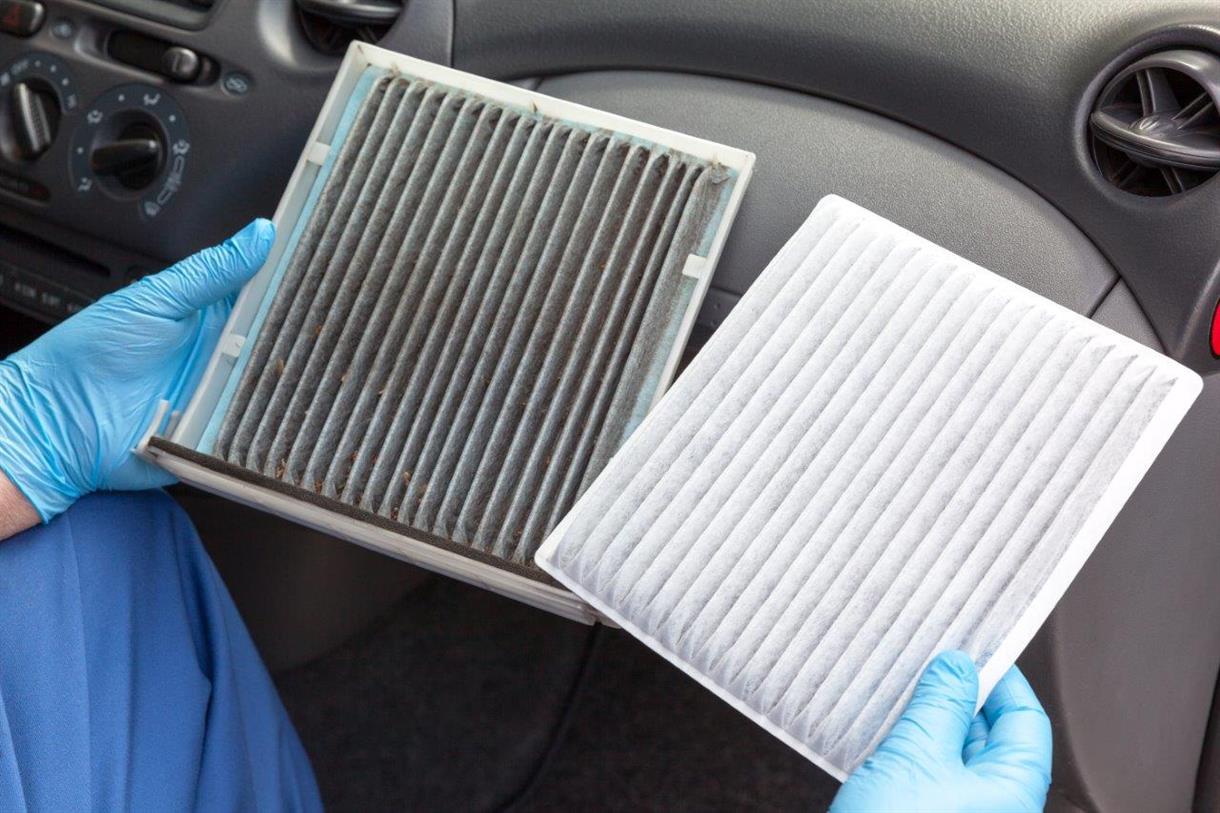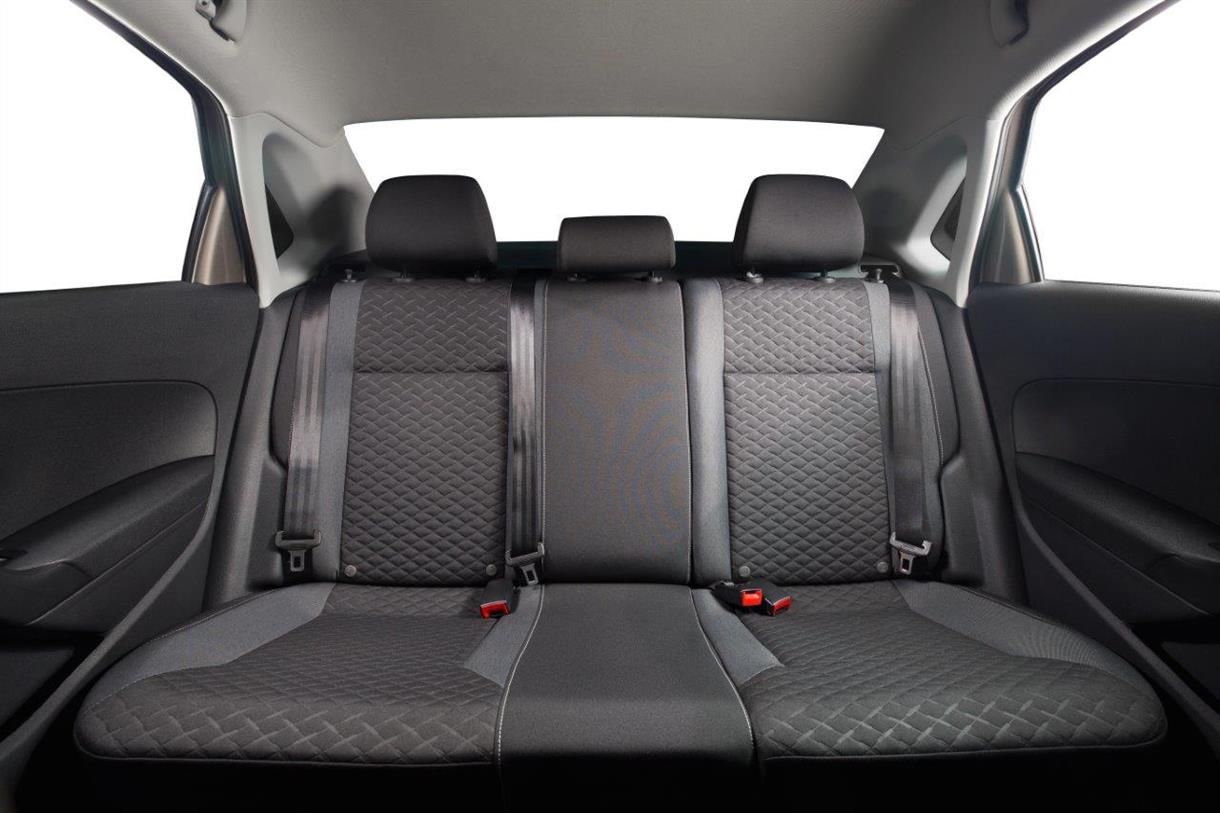
Leather is a natural fabric made from animal skins (65% cowhide). The process of making leather involves treating and tanning animal skins to make a durable, pliable, and often waterproof material.
Cowhide is the most common animal skin used for leather, accounting for about 65% of total leather production, but the skins of almost all other species, including crocodiles, pigs, and stingrays, can also be tanned and processed into leather.
Leather is not usually referred to as "fabric" because it is not woven or knitted from fibers like most traditional textiles.
Over thousands of years, the function of leather has changed significantly. Leather remains one of the most popular textile products due to its durability, waterproofing, insulation and stain resistance.
The history of leather dates back thousands of years, making it one of the oldest materials used by humans. Leather has played a significant role in various cultures and societies throughout history. Here's an overview of the history of leather fabric:
- Leatherworking can be traced back to at least 5,000 B.C., with evidence of leather artifacts found in ancient Egyptian tombs.
- The ancient Egyptians, Greeks, and Romans used leather for a wide range of purposes, including clothing, sandals, armor, and book covers.
- Leather was also used for practical purposes such as containers and water-carrying vessels.
- During the Middle Ages, leather remained an important material for clothing and armor.
- Leather guilds were established in Europe, with skilled craftsmen producing high-quality leather goods.
- Leather was used for items like belts, gloves, and footwear, and it was often decorated with intricate designs and patterns.
- Leather played a crucial role in the early American colonies, where it was used for shoes, harnesses, and other essential items.
- Tanneries became an integral part of colonial towns and settlements, and leatherworking was an important trade.
- The Industrial Revolution brought significant advancements in leather production. New tanning methods, including the use of chemicals and machinery, made leather production more efficient.
- Leather became an essential material for the expanding railway and automotive industries, used in the manufacturing of seats, straps, and other components.
- Leather continued to be a popular choice for fashion and accessories throughout the 20th century. Leather jackets, handbags, and shoes became iconic fashion items.
- Leather was also widely used in aviation for pilot jackets, and it played a role in military gear and equipment.
- In recent decades, there has been increased awareness of environmental and ethical concerns related to leather production.
- Alternatives to traditional leather, such as synthetic leather and plant-based materials, have gained popularity as sustainable options.
- Sustainable and ethical practices in leather production have become a focus of the industry, with efforts to minimize the environmental impact and ensure the responsible treatment of animals.
- Leather remains a versatile and enduring material, prized for its durability, comfort, and classic appeal. While the methods of production have evolved significantly over the centuries, leather continues to be a symbol of craftsmanship and quality in various industries, from fashion to automotive to interior design. The history of leather fabric reflects its enduring importance in human culture and industry.
1. Tanning: The first step in making leather is tanning. Tanning is the process of treating animal hides with chemicals, such as tannins from tree bark or synthetic compounds, to prevent them from decomposing. This process also makes the leather more resistant to water, heat, and wear.
2. Curing: After tanning, the hides are typically cured to remove excess moisture. This helps prevent the leather from becoming brittle or prone to rotting.
3. Dyeing: Leather can be dyed to achieve various colors. The dyeing process can be done in a variety of ways, including immersion dyeing, spray dyeing, or hand dyeing.
4. Finishing: Leather can be finished in various ways to achieve different textures and appearances. Common finishing techniques include buffing, embossing, and applying a topcoat or polish to give the leather a smooth or glossy finish.
5. There are different types of leather, depending on the animal source, tanning process, and finish. Some common types of leather include:
6. Full-Grain Leather: This type of leather is made from the top layer of the hide and retains its natural grain pattern. It is considered the highest quality and is very durable.
7. Top-Grain Leather: Top-grain leather is similar to full-grain but has been sanded or buffed to remove imperfections. It is still of high quality and is commonly used in furniture and leather goods.
8. Genuine Leather: Genuine leather is made from the layers below the top grain and is more affordable but generally of lower quality.
9. Bonded Leather: Bonded leather is made from scraps of leather that are bonded together with adhesives. It is less durable and of lower quality compared to other types of leather.
Leather fabric is a versatile material used in various applications due to its durability, comfort, and aesthetic appeal. Here are some common ways in which leather fabric is used:
- Leather is widely used for clothing items such as leather fabric jackets, coats, pants, skirts, and vests.
- Leather is also popular for accessories like belts, gloves, hats, and wallets.
- Footwear, including boots, shoes, and sandals, often features leather uppers and insoles.
- Leather handbags, purses, and backpacks are valued for their durability and style.
- Leather is a common choice for upholstering furniture, including leather fabric sofas, chairs, and ottomans.
- Leather upholstery adds a luxurious and elegant touch to interior spaces.
- Leather-covered cushions and headrests are comfortable and long-lasting.
- Leather is frequently used in the automotive industry for car interiors, including seats, steering wheel covers, and dashboards.
- High-quality leather interiors are associated with luxury and comfort in automobiles.
- Leather is used to make a wide range of small accessories and goods, such as watch bands, keychains, passport holders, and luggage tags.
- These items are known for their durability and often develop a unique patina over time.
- In industrial settings, leather is used to make protective gear, including gloves, aprons, and welding clothing.
- Leather's natural toughness and resistance to heat and abrasion make it suitable for such applications.
- Leather is essential for horse riding equipment, such as saddles, bridles, reins, and riding boots.
- The durability and strength of leather are crucial for safety and comfort in equestrian sports.
- Leather is a popular choice for luggage, briefcases, and travel bags due to its durability and classic appearance.
- Leather bags can withstand wear and tear during travel.
- Leather is used in the production of sports equipment, such as baseball gloves, soccer balls, and boxing gloves.
- Its flexibility and strength are advantageous in these applications.
- Historically, leather has been used for book covers, and it is still used today for high-quality, decorative editions.
- Leather notebooks, journals, and desk accessories are also popular.
- Leather is a favored material among artisans and craftsmen for creating handmade items such as belts, wallets, knife sheaths, and jewelry.
Leather is a popular material used in various industries, including fashion, furniture, and automotive, and it comes in several types and finishes. The type of leather can vary based on the animal source, tanning process, and finishing treatments. Here are some of the most common types of leather fabrics:
1. Full-Grain Leather: This is the highest quality and most durable type of leather. It is made from the top layer of the animal hide and retains the natural grain and imperfections, giving it a unique and authentic look. Full-grain leather is often used in high-end products like luxury bags and premium leather furniture.
2. Top-Grain Leather: Top-grain leather is also made from the top layer of the hide but is sanded and treated to remove imperfections. It is more uniform in appearance compared to full-grain leather and is commonly used in high-quality leather goods and furniture.
3. Genuine Leather: Despite the name, genuine leather is not the highest quality leather. It is made from the layers of the hide that remain after the top layers are used for full-grain and top-grain leather. Genuine leather is less expensive but can still be durable and is often used in lower-priced leather products.
4. Bonded Leather: Bonded leather is made by bonding together leather scraps and fibers with adhesive. It is less expensive than other types of leather but tends to be less durable and may not have the same natural look and feel.
5. Nubuck Leather: Nubuck leather is made from top-grain leather that has been sanded to create a soft, velvety surface. It is similar in appearance to suede but is more durable.
6. Suede Leather: Suede is made from the underside of the hide and has a soft, fuzzy texture. It is less durable than full-grain or top-grain leather but is often used for jackets, shoes, and accessories.
7. Exotic Leather: Exotic leather is sourced from animals other than cows and includes types like alligator, crocodile, ostrich, and snake. These leathers are known for their unique textures and patterns and are used in luxury fashion items.
8. Vegan Leather: Vegan leather is not made from animal hides but from synthetic materials like polyurethane (PU) or polyvinyl chloride (PVC). It is a cruelty-free alternative to traditional leather and is used in various products, including bags, shoes, and jackets.
9. Patent Leather: Patent leather is a glossy, shiny leather with a plastic coating. It is often used in formal shoes, accessories, and fashion items.
10. Aniline Leather: Aniline leather is dyed with soluble dyes that allow the natural grain and markings of the leather to show through. It has a soft and natural appearance but may be more susceptible to stains and fading.
Judging the authenticity of leather fabric can be important when you're shopping for leather products, as genuine leather is typically more durable and higher quality than synthetic or imitation materials. Here are some tips to help you determine the authenticity of leather fabric:
1. Check the Label or Description: Start by reading the product label or description. Genuine leather products are often labeled as such. If the label or description doesn't mention the type of leather used, be cautious and inquire further.
2. Examine the Grain: Genuine leather has a natural grain pattern, while synthetic materials often have a consistent, repeating pattern. Look closely at the surface of the leather for irregularities and imperfections, which are typically present in genuine leather but less so in synthetic materials.
3. Smell the Leather: Authentic leather has a distinct, pleasant, and earthy smell. If the product smells like plastic or chemicals, it's likely not genuine leather.
4. Feel the Texture: Real leather feels soft, supple, and slightly warm to the touch. Fake leather fabric can sometimes feel cold, plasticky, or overly smooth. Run your fingers over the surface to feel for natural variations in texture.
5. Check for Edges and Seams: Genuine leather products often have rougher edges and seams, whereas synthetic materials may have perfectly smooth and uniform edges. Look for signs of fraying or roughness along the edges.
6. Look for Patina Development: Genuine leather develops a patina over time, which is a natural, desirable aging process that gives it character. If the product already has signs of wear and patina, it's more likely to be real leather.
7. Inspect the Back or Underside: Sometimes, you can assess authenticity by examining the underside of a leather product. Genuine leather will typically have a rougher, fibrous back, while synthetic materials will have a smooth, fabric-like backing.
8. Burn Test: While this method can damage the material, it can be effective. Carefully burn a small, inconspicuous area of the fabric (e.g., a hidden seam). Genuine leather will produce a smell similar to burning hair, while synthetic materials will smell like burning plastic. Authentic leather will also leave behind a crumbly ash residue.
9. Price and Brand: High-quality leather products are generally more expensive than synthetic or imitation alternatives. If a deal seems too good to be true, it might be worth questioning the authenticity of the leather.
10. Consult an Expert: If you're still unsure about the authenticity of a leather product, consider seeking the opinion of a knowledgeable leather expert or artisan who can provide an assessment based on their expertise.
Leather and fabric are two common materials used in various applications, including clothing, furniture, accessories, and more. Each material has its own set of characteristics and advantages, and the choice between leather and fabric depends on the specific use, personal preferences, and budget. Here's a comparison of leather and fabric based on various factors:
- Leather: Leather often exudes a luxurious and sophisticated appearance. It has a timeless, classic look and can develop a beautiful patina over time.
- Fabric: Fabric comes in a wide range of colors, patterns, and textures, making it versatile for various design aesthetics.
- Leather: Leather is known for its durability and longevity. It can withstand wear and tear, making it a good choice for items that need to last a long time.
- Fabric: Fabric can vary in durability depending on the type. Some fabrics are more prone to damage, while others are designed to be more robust. In general, leather is more durable than most fabrics.
- Leather: Leather can be comfortable but may require some breaking in. It can also be hot and sticky in warm weather.
- Fabric: Fabric is generally more breathable and comfortable in different weather conditions.
- Leather: Leather requires specific care, including regular cleaning and conditioning to prevent drying and cracking. It's also susceptible to stains and scratches.
- Fabric: Fabric is typically easier to clean and maintain. Most fabrics can be machine-washed or spot-cleaned.
- Leather: Leather products are often more expensive than their fabric counterparts due to the cost of the material and craftsmanship.
- Fabric: Fabric products are generally more affordable, although the price can vary based on the type and quality of fabric used.
- Leather: Leather production can have a significant environmental impact, as it involves raising and processing animals. However, there are sustainable and faux leather alternatives available.
- Fabric: The environmental impact of fabric depends on the type. Natural fabrics like cotton and linen can be more sustainable, while synthetic fabrics may have a higher environmental footprint.
- Leather: Leather is less likely to trap allergens like dust mites compared to some fabrics.
- Fabric: Some fabrics can trap allergens and may not be suitable for individuals with allergies.
- Leather: Leather can be embossed, dyed, and tooled for intricate designs.
- Fabric: Fabric can be printed with various patterns and colors, offering a wide range of customization options.
The impact of leather fabrics on the environment is mainly reflected in the following two aspects:
1. Production process: The production process of leather may have a negative impact on the environment. The acquisition of animal leather requires animal breeding and slaughtering, which generates a large amount of waste and emissions, such as animal manure and sewage. These wastes and discharges may pollute the environment and damage water resources and soil.
2. Use process: The use process of leather fabrics may also have an impact on the environment. Some leather products may produce harmful substances during use, such as benzene and formaldehyde. These substances will have a negative impact on human health, but also cause pollution to the environment.
3. In order to reduce the impact of leather fabrics on the environment, some measures need to be taken:
3.1). Adopt environmentally friendly production methods and cleaner production processes to reduce waste and emissions;
3.2). Using environmentally friendly materials and additives and avoiding the use of hazardous substances;
3.3). Enhance the recycling and disposal of waste to avoid pollution to the environment;
3.4). Consumers can also choose to use environmentally friendly leather products to minimize the negative impact on the environment.
G&F GROUP INC. is a well-known company in China with a professional sourcing team that selects leather fabrics of excellent quality and fashionable uniqueness from all over the world. Whether for luxury brands or mass market, we can fulfill your needs and ensure the quality and fashionability of the fabrics.
Choosing our leather fabric suppliers can fulfill your various needs and help you enhance the competitiveness of your products. Our professional team will be dedicated to serving you, providing you with high quality leather fabrics, stable and reliable supply chain and professional and comprehensive service support. We also provide comprehensive support such as cost estimation, technical consultation and after-sales service to ensure that your benefits are maximized.
If you are looking for a reliable supplier of leather fabrics or other fabrics, please do not hesitate to contact us. We look forward to cooperating with you and creating a better future together!
All Rights Reserved: https://www.groupgf.com/info-detail/leather-fabric
Copyright Notice: This is an original (translated) article from G&F Group Inc., please indicate the source from G&F GROUP INC... If there is any infringement, please contact us first.
 Techtextil & Texprocess Rounded Off
Techtextil & Texprocess Rounded Off
 Nonwovens in daily life ----- filtration
Nonwovens in daily life ----- filtration
 Nonwovens in daily life ----- automotive
Nonwovens in daily life ----- automotive
 What is SAP – superabsorbent polymers
What is SAP – superabsorbent polymers